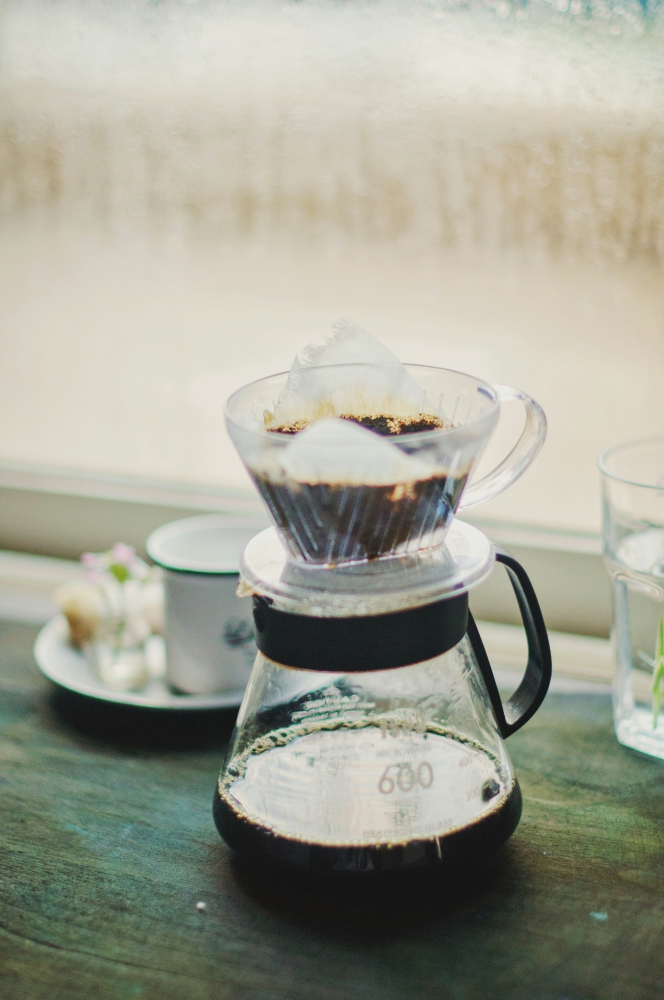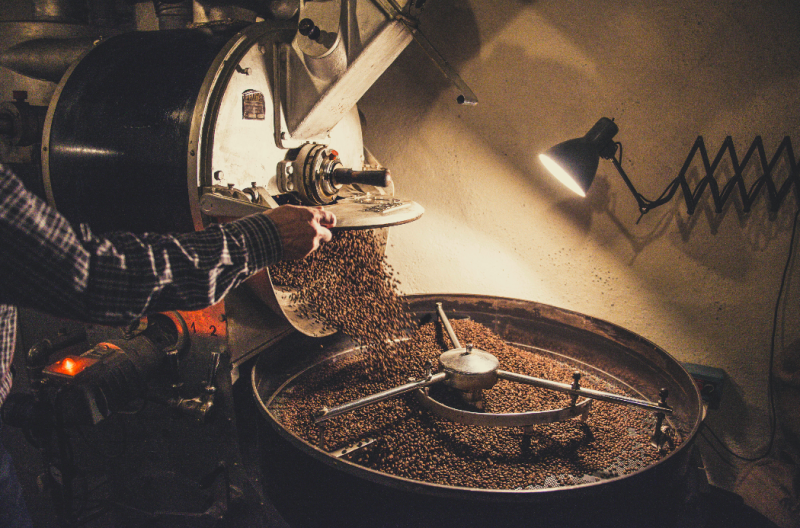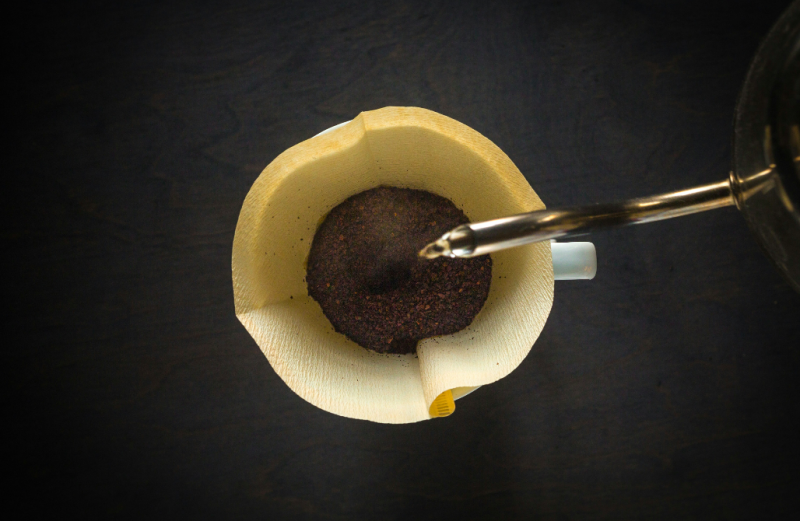Words by Katie Burnett

Photo by Anshu A
Manually brewing coffee at home is intimidating to start. It feels like there are so many variables, so many easy ways to go wrong and impossibly perfect standards just to drink a palatable cup of coffee, and it’s true, filter coffee can become extremely intimidating and intricate. However, starting out doesn’t need to be.
Controlling extraction variables are key to creating your desired cup of coffee. Balancing bitterness, sweetness and acidity is tricky. It’s important to understand exactly what we are extracting from the coffee when we brew. We are extracting caffeine, which is bitter. Acids, which are acidic. Sugars, which are sweet. Lipids, which contribute to body and mouthfeel. Controlling the variables we can will help us manipulate the extraction process for each of these different elements that you’re ‘taking out’ of your coffee grounds. A great coffee will balance each of these elements. You can read up more in detail on these here.
EQUIPMENT
Starting out with pour over coffee, you need to have the correct equipment. Your brewer (Kalita Wave, V60, April Brewer, Cafec Dripper etc), filters to match, a scale and coarse ground coffee.
RECIPE
Once you’ve brewed a couple of cups, you can adjust your recipe to be more inline with the flavour profile that you are after. There are many ratios and endless debates we could dive into about which recipe is the best but it’s fairly safe to start at around a 1:13 to 1:16 ratio (16g coffee: 208g water, or 16g: 256). You’ll likely find your sweet spot somewhere in this zone. The tighter ratio will result in a more concentrated brew, thicker mouthfeel and intense taste. The longer the ratio the more tealike the coffee will be. Finding the balance between these two is completely up to your palate.
ROAST STYLE

Each varietal and processing method of coffee is unique and can be treated completely differently for optimal results. However, one of the most important (and easiest) factors you can use to guide your recipe decision will be the roast style of the coffee you are brewing. Darker roasted coffees spend more time in the roasting machine, they are exposed to harsh elements for longer and as a result their cell structure is far more broken down than a light roast coffee. This means that dark roast coffee extracts far ‘easier’ than light roast coffee, it is more soluble. Both the desirable and undesirable characteristics will be easier to extract. You might want to grind a dark roast coffee coarser than a light roast coffee in order for the water to pass through the bed quicker and minimise extraction time. You can also brew it at a shorter ratio (more on the 1:13 side). You want to minimise contact time between the water and the coffee wth a dark roast coffee in order to avoid extracting too much of the bitter/rancid flavours. Your water can be slightly cooler than (80-87 degrees celsius). Of course, a darker roast coffee will have more inherent bitterness because of the roast, but it’s possible to balance it if brewed well.
A light roast coffee is more difficult to extract because the cell structure of the bean is more intact and, to put it simply, the flavours are more protected by the bean’s cellular structure, as it hasn’t been broken down as much. A lighter roast coffee might require a slightly finer grind, to slow down the brew time and allow a longer contact time between water and coffee.This will ensure that all the desirable flavours are extracted from the grounds. Your brewing water can be slightly hotter (197 - 203 degrees celsius). There is far less risk of producing an extremely bitter cup of coffee from a lighter roasted bean. The risk with light roast coffee is rather underextraction, whereby the flavour compounds are not properly extracted and the resulting cup is sour and rancid-tasting. In order to maximise the flavour of the cup of coffee, tend towards a longer ratio for lighter roast coffees (1:16).
A good starting recipe for a light roast coffee is:
15g coffee
240g water
3x 80g pours every 45 sec (start each pour with a circular motion and then pour in the center for the last 20g of water on each pour)
Pour at 0 sec, 45 sec and 1 min 30 sec
Total Brew Time 2 min 25 sec or slightly longer.
A good starting recipe for a dark roast coffee is:
13g coffee
240g water
3x 80g pours every 45 sec (start each pour with a circular motion and then pour in the center for the last 20g of water on each pour)
Pour at 0 sec, 45 sec and 1 min 30 sec
Total Brew Time 2 min 25 sec or slightly shorter.

Photo by Patrick Fore
EVEN EXTRACTION
Brewing all of your ground coffee evenly is very important. This is why, when you watch a barista brewing a pour over, they will pour in a circular motion, in order to cover all of the grounds in their bed. This allows for all the grounds to be saturated evenly in the bed. A safe way to go is to start each pour with a circular motion (starting on the outside of the bed, almost against the filter paper, and moving inwards in a spiral).
After you’ve had a few tries and discover what flavours you enjoy and which you don’t, you can use these general rules to adjust your recipe and create a delicious cup of coffee at home.